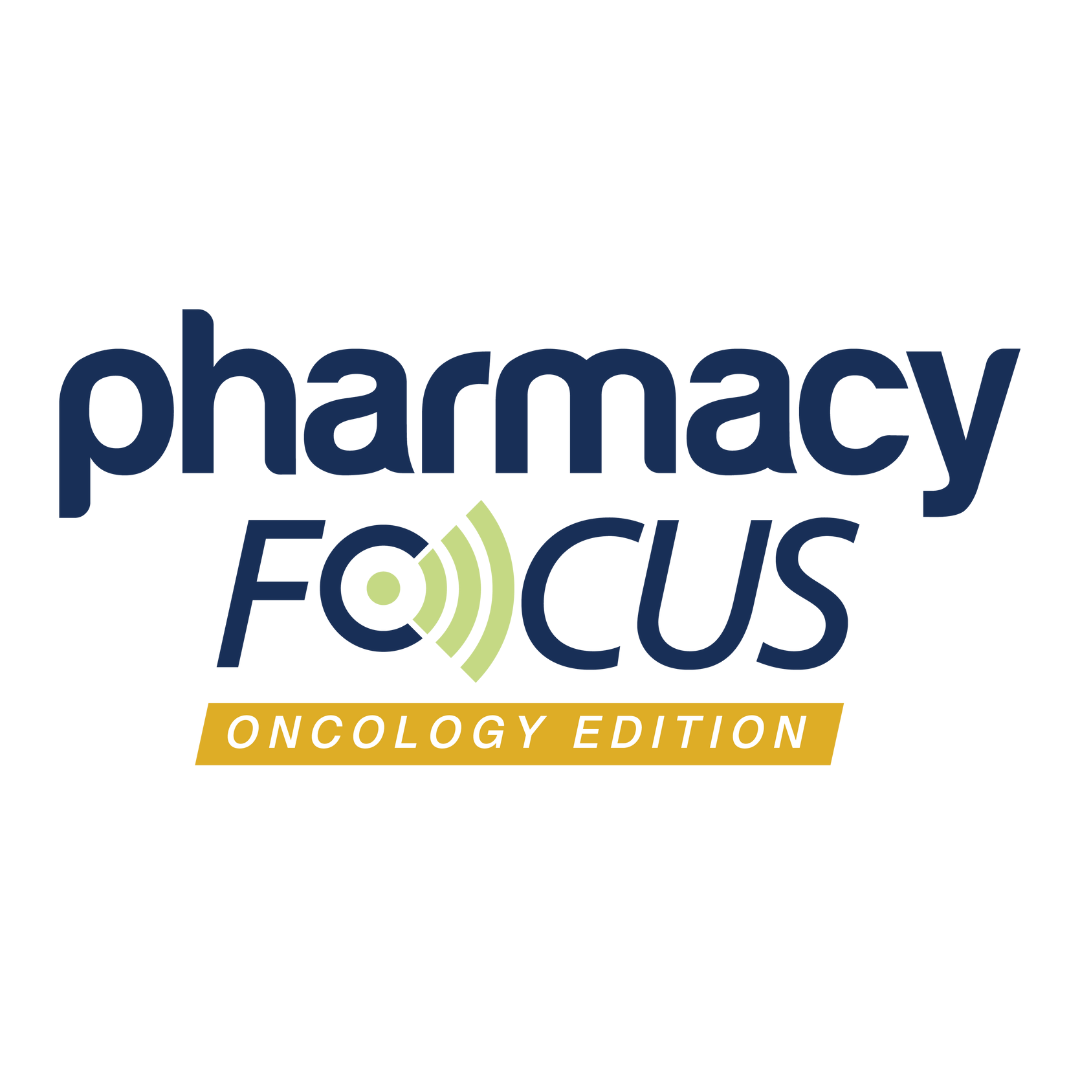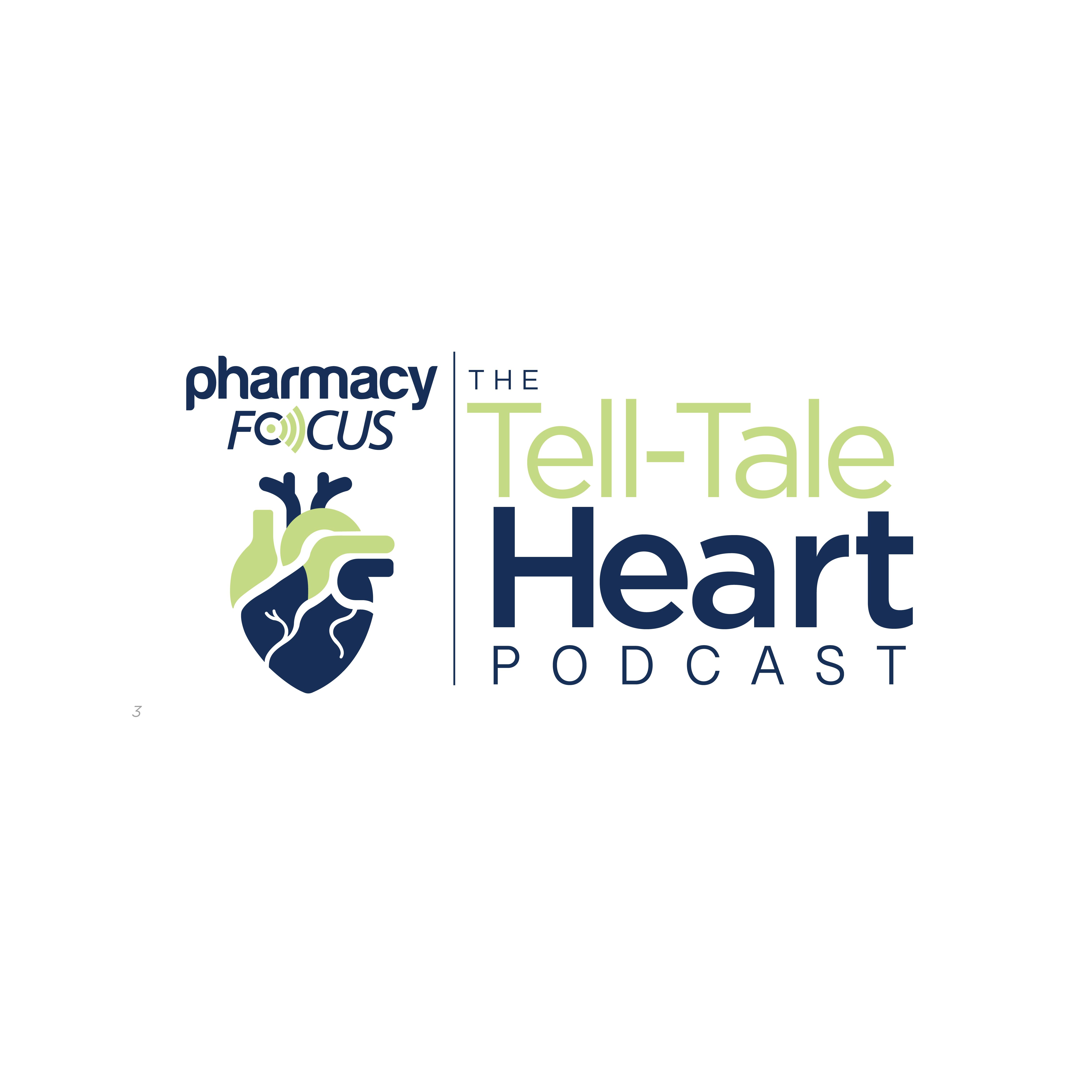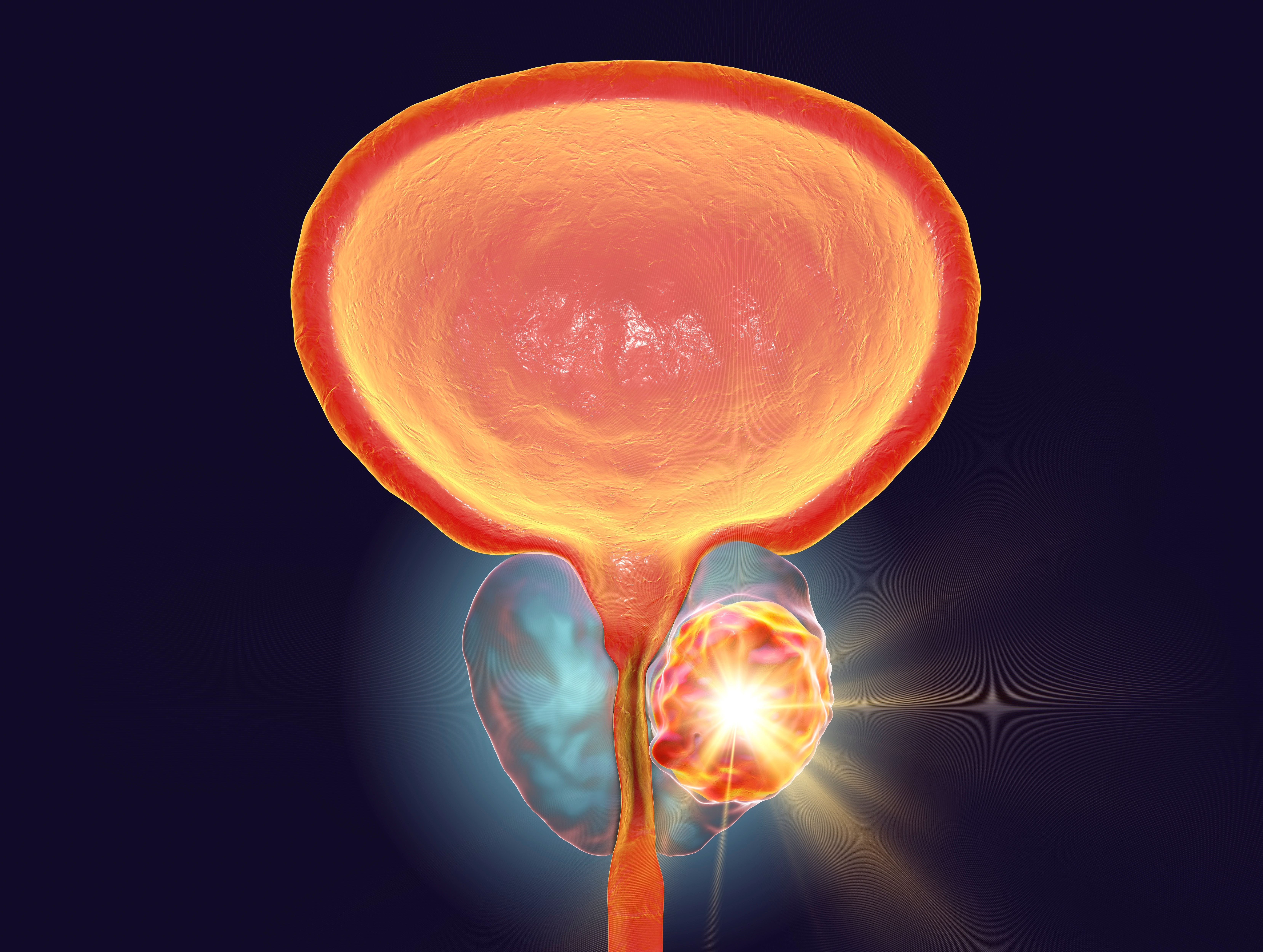News
Article
Adjuvant Trastuzumab Emtansine Plus Trastuzumab Improved Disease-Free, Overall Survival in HER2+ Early Breast Cancer
Key Takeaways
- T-DM1 plus trastuzumab significantly reduces the risk of invasive breast cancer or death compared to trastuzumab alone in HER2-positive early breast cancer.
- The KATHERINE trial showed improved IDFS and OS rates with the combination therapy, with an IDFS rate of 80.8% and OS rate of 89.1% at 7 years.
Combination therapy with trastuzumab emtansine and trastuzumab significantly enhances survival rates in HER2-positive early breast cancer, outperforming trastuzumab alone.
Adjuvant trastuzumab emtansine (T-DM1, Kadcyla; Genentech) plus trastuzumab (Herceptin; Genentech) led to a 50% lower risk of invasive breast cancer or death compared with trastuzumab alone in patients with HER2-positive (HER2+) early breast cancer. The findings from the phase 3 KATHERINE trial (NCT01772472) were published in the New England Journal of Medicine.1,2
3D rendering of antibody drug conjugate | Image Credit: Alpha Tauri 3D - stock.adobe.com

HER2 mutations are well-established as drivers and markers of aggressive, challenging, and recurrent disease and are highly prevalent in breast cancer. Innovative targeted agents have greatly improved outcomes for patients. A key agent in the treatment of HER2+ breast cancer is T-DM1, an antibody drug conjugate approved by the FDA for the adjuvant treatment of patients with HER2+ early BC who have residual invasive disease after neoadjuvant taxane and trastuzumab-based treatment.3
In the KATHERINE study, a 2-arm, randomized, open-label study, adding T-DM1 to trastuzumab yielded superior clinical benefits to trastuzumab alone, suggesting its improved efficacy as a combination therapy. In the trial, the researchers evaluated the safety and efficacy of T-DM1 plus trastuzumab compared with trastuzumab as adjuvant therapy in patients with HER2-positive breast cancer who have residual tumor present in the breast or axillary lymph nodes following preoperative therapy.1,2
The patients were randomized to receive either T-DM1 at a dosage of 3.6 mg/kg or trastuzumab at a dosage of 6 mg/kg intravenously every 3 weeks for 14 cycles. The primary end point was invasive disease–free survival (IDFS), with secondary end points including overall survival (OS) and safety.1,2
Here, the researchers present a prespecified final analysis of IDFS and the second interim analysis of OS. At the median follow-up of 8.4 years, patients treated with T-DM1 plus trastuzumab demonstrated sustained improvement in IDFS over trastuzumab (unstratified hazard ratio for invasive disease or death, 0.54; 95% confidence interval [CI], 0.44 to 0.66). At 7 years, treatment with the combination regimen yielded an IDFS rate of 80.8% and a significantly lower risk of death than trastuzumab (unstratified hazard ratio, 0.66; 95% CI, 0.51 to 0.87; P = .003). The OS rate was also favorable at 89.1%.1
Comparatively, patients receiving trastuzumab monotherapy showed favorable yet inferior outcomes to the combination regimen. At 7 years, trastuzumab led to an IDFS rate of 67.1%, a difference of 13.7 percentage points from T-DM1 plus trastuzumab. There was a smaller difference between the OS outcomes (84.4%).1
The safety profile was favorable. The researchers reported that instances of adverse events of grade 3 or higher occurred in 26.1% of patients in the T-DM1 plus trastuzumab group and 15.5% of patients in the trastuzumab group.1
“As compared with trastuzumab, T-DM1 improved [OS] with sustained improvement in [IDFS] among patients with HER2-positive early breast cancer with residual invasive disease after neoadjuvant therapy,” the authors concluded.1
REFERENCES
1. A study of trastuzumab emtansine versus trastuzumab as adjuvant therapy in patients with HER2-positive breast cancer who have residual tumor in the breast or axillary lymph nodes following preoperative therapy (KATHERINE). Updated January 7, 2025. Accessed July 14, 2025. https://clinicaltrials.gov/study/NCT01772472
2. Geyer C, Untch M, Huang CS, et al. Survival with trastuzumab emtansine in residual HER2-positive breast cancer. N Engl J Med. January 15, 2025. Doi: 10.1056/NEJMoa2406070
3. Study links PAK5 to poor outcomes and drug resistance in HER2-positive breast cancer. Pharmacy Times. April 23, 2025. Accessed July 14, 2025. https://www.pharmacytimes.com/view/study-links-pak5-to-poor-outcomes-and-drug-resistance-in-her2-positive-breast-cancer
Newsletter
Stay informed on drug updates, treatment guidelines, and pharmacy practice trends—subscribe to Pharmacy Times for weekly clinical insights.






